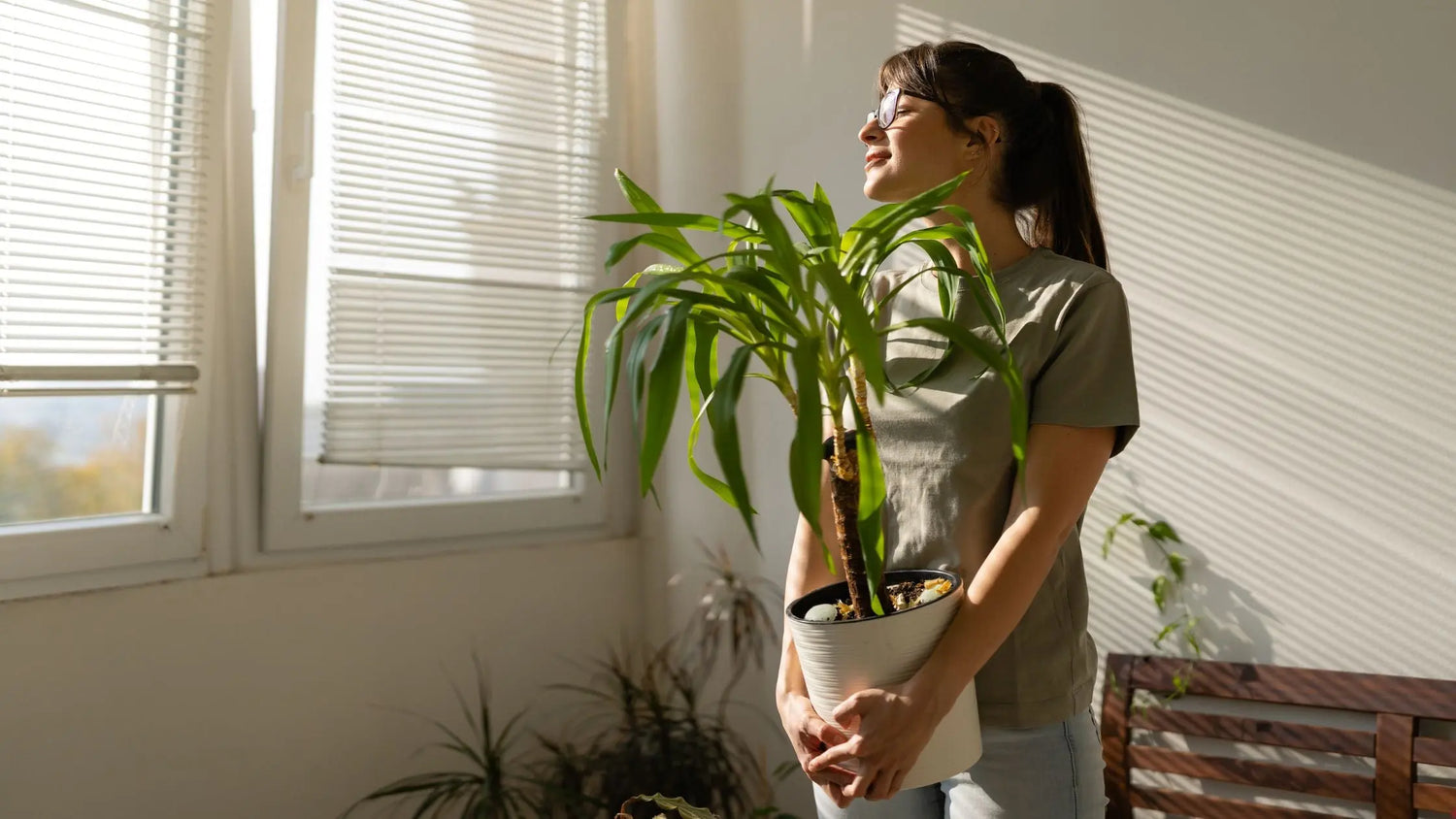What is Epiphyllum anguliger?
Epiphyllum anguliger, commonly known as the Fishbone Cactus, is a stunning and unique houseplant that belongs to the cactus family. It is native to the tropical rainforests of Central and South America. The name "Fishbone Cactus" comes from its long, flat, and wavy stems that resemble the bones of a fish.
Why is Epiphyllum anguliger a great houseplant?
Epiphyllum anguliger is not only visually appealing but also a great choice for both beginner and experienced plant enthusiasts. Here's why:
1. Easy to care for
One of the best things about the Fishbone Cactus is its low maintenance nature. It thrives in bright, indirect light and prefers temperatures between 65°F and 80°F (18°C to 27°C). It is also tolerant of some neglect, making it a forgiving plant for those who may not have a green thumb.

2. Drought-tolerant
Epiphyllum anguliger has adapted to survive in its natural habitat, where water may be scarce. This cactus has the ability to store water in its stems, allowing it to withstand periods of drought. It is important to let the soil dry out between waterings to prevent overwatering, which can lead to root rot.
3. Unique and eye-catching appearance
The Fishbone Cactus is a true showstopper with its distinctive foliage. Its long, flat stems grow in a zigzag pattern, resembling the bones of a fish. The stems are deep green in color and have prominent, wavy edges. When mature, the plant may produce beautiful white or yellow flowers that bloom at night, adding to its allure.
4. Versatile and adaptable
Epiphyllum anguliger can be grown in various settings, making it a versatile choice for any indoor space. It can be displayed in hanging baskets, on shelves, or even mounted on walls. With its cascading stems, it adds a touch of elegance and drama to any room.

5. Propagation made easy
If you want to expand your collection of Fishbone Cacti or share this beauty with friends and family, you'll be happy to know that Epiphyllum anguliger is easy to propagate. Simply take a stem cutting, allow it to callus for a few days, and then place it in well-draining soil. With proper care, the cutting will develop roots and grow into a new plant.
FAQs
1. How often should I water my Epiphyllum anguliger?
Water your Fishbone Cactus thoroughly when the top inch of soil feels dry. Be careful not to overwater, as this can lead to root rot. It's better to underwater than to overwater.
2. Can I keep my Fishbone Cactus in direct sunlight?
No, Epiphyllum anguliger prefers bright, indirect light. Direct sunlight can scorch its leaves and cause damage. Place it near a window with filtered light or provide some shade if necessary.
3. How often does the Fishbone Cactus bloom?
Epiphyllum anguliger typically blooms once a year, usually in late spring or early summer. The flowers are nocturnal, meaning they open at night and close during the day. Enjoy the beautiful blooms while they last!
4. Does the Fishbone Cactus require any special soil?
Epiphyllum anguliger prefers well-draining soil to prevent waterlogged roots. A cactus or succulent mix combined with perlite or pumice works well and we recommend this one from Soil Ninja - click here to see it. Avoid heavy, compacted soils that retain moisture.
Conclusion
Epiphyllum anguliger, the Fishbone Cactus, is a remarkable houseplant that offers both beauty and ease of care. Whether you're a seasoned plant enthusiast or just starting your indoor gardening journey, this unique cactus is sure to captivate you with its stunning appearance and low maintenance requirements. Add a touch of tropical elegance to your home with the Fishbone Cactus!



